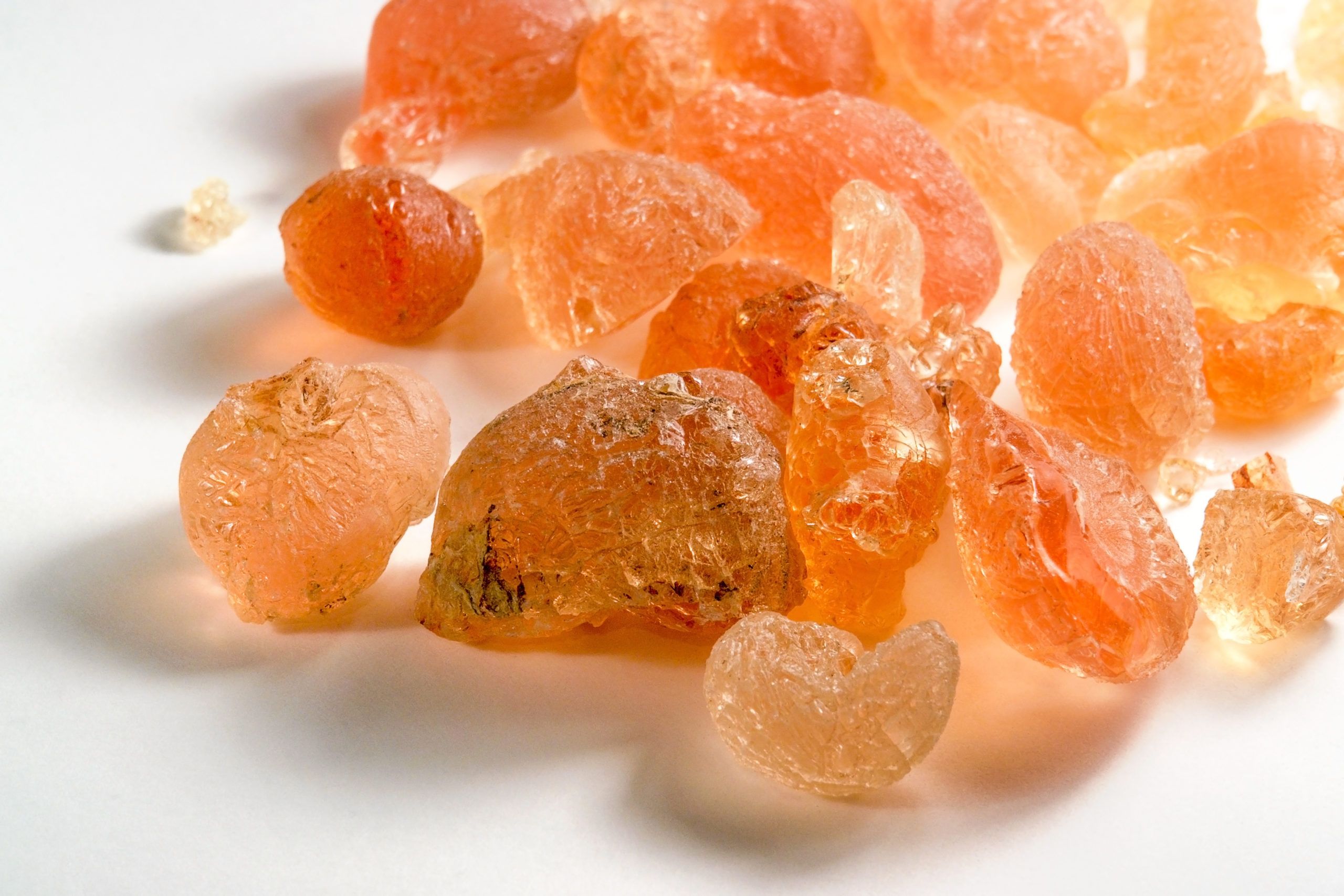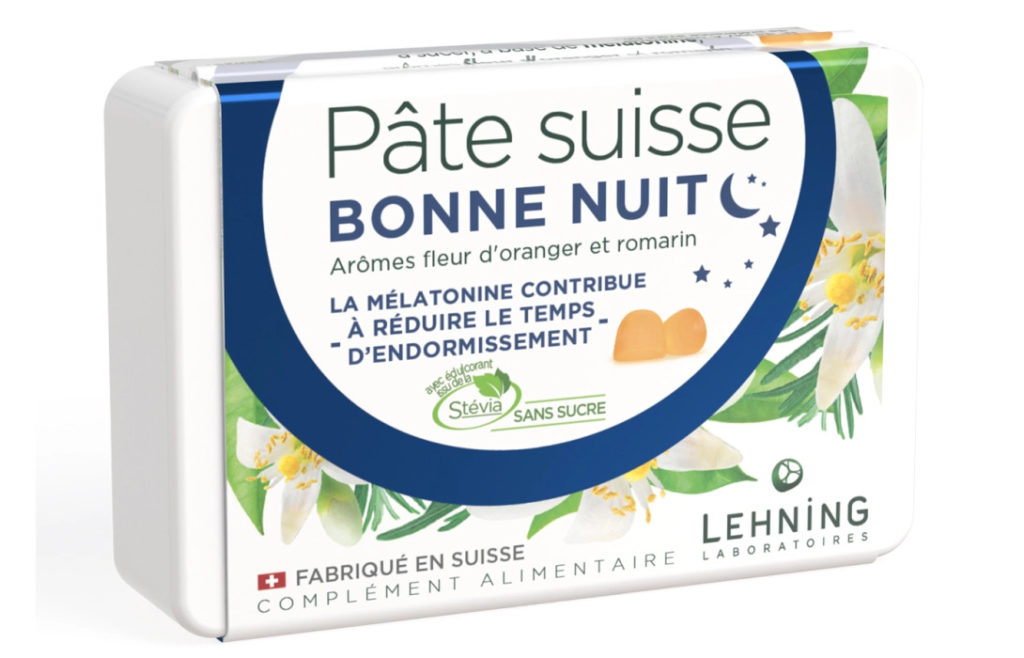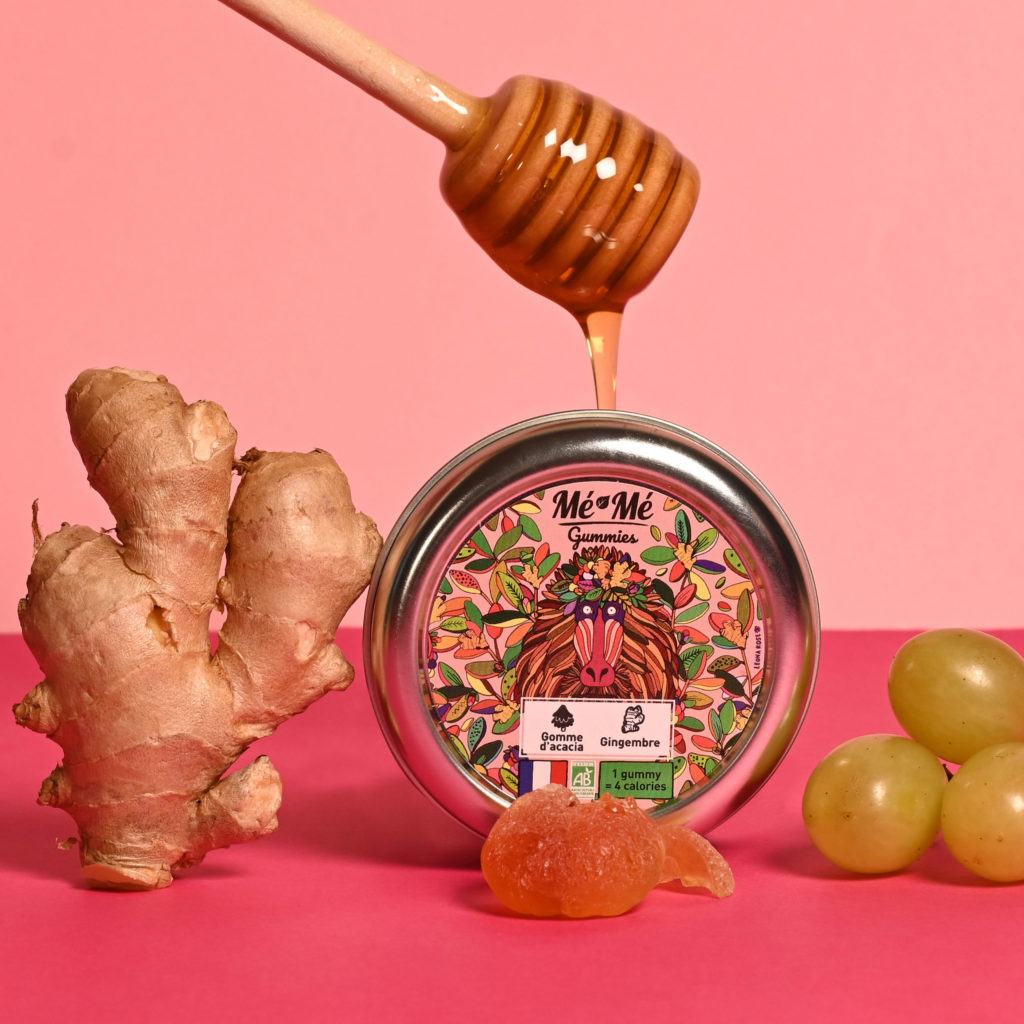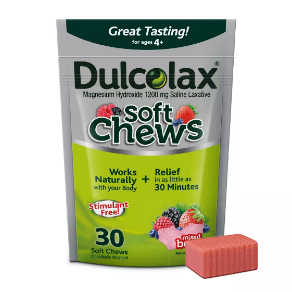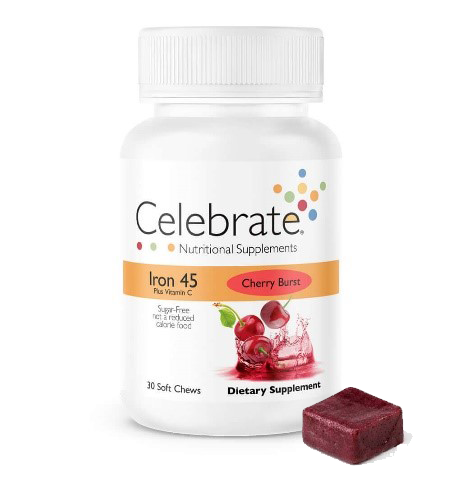Galenic innovation: the importance of combining effectiveness and pleasure in food supplements
Galenic pertains to the presentation of a product and how its ingredients are formulated. Its main objective is to optimise the effectiveness of the formula by promoting optimal absorption of its compounds of interest. But it doesn’t stop there… The food supplement market has what it takes to reimagine galenic formulations in more sensory and appealing forms. Beyond a quest for innovation, the goal is to enhance the consumer’s experience and encourage them to complete their treatment. Let’s delve into these formulations that provide a boost to adhering to the treatment.
Galenic formulations for effective results
Galenic formulation takes its name from Claude Galien, the father of modern medicine and pharmacology1. It focuses on the properties of the key active ingredients in a formula, their dosage, and the most suitable way to administer them to ensure effective absorption in the body.
Dynamic and competitive, the food supplement market seems eager to embrace galenic formulation as a differentiation vector. Notably, 63% of French consumers state that the product format is a decisive factor in their purchasing decisions, according to the latest Synadiet observatory survey conducted in 20232.
Optimised release for enhanced bioavailability
The effectiveness of a finished product is based on the proper absorption of its active compounds. Whether they are water-soluble, fat-soluble, sensitive, in powder form, living or inert, the ingredients of a formula may have characteristics that require careful consideration of the appropriate galenic approach.
For instance, consider a sublingual spray recently developed by an Italian developer. Its patented nano-emulsion technology enables the solubilisation of lipophilic molecules insoluble in aqueous solutions, thereby improving the bioavailability of otherwise challenging-to-absorb molecules.
Fat-soluble vitamins A, D, K, and E are excellent candidates for such a process. Not to mention, key ingredients in successful categories, such as melatonin for sleep or coenzyme Q10 for IN-Out beauty (evaluated as a “high-growth” category with +5.1% growth posted between 2018 and 2023, according to a study on 2024 marketing trends3).
Some CDMOs also offer three-layer tablets, an innovative galenic approach that enhances product performance. By layering ingredients through successive compression, this format allows the separation of incompatible compounds and their controlled release at different locations in the gastrointestinal tract.
Acacia gum, a perfectly suited excipient for buccal administration
Some excipients also play an important role in the action and effectiveness of a formula. One can think of acacia gum (we have dedicated a complete article to it here4). This resin extracted from the Acacia senegal (L.) Willd. tree is not only a fibre with multiple nutritional properties but also a gelling agent perfectly suited for galenic forms like “suck gums.”
Its melting texture allows the gum to stay in the mouth for an extended period, thereby enabling the continuous diffusion of active ingredients into the buccal mucosa5.
Used for a long time in the pharmaceutical industry (an iconic example being the Euphon throat lozenger6), acacia gum is now making its way into the dietary supplement market.
For example, Cooper Laboratories turned to this natural texturiser for its product Collugomme Gorge irritée, launched in 20237. The acacia gum, also known as gum arabic, in Collugomme lozengers promotes the release of essential oils from eucalyptus and peppermint, forming a protective film that relieves irritated throats.
Lehning Laboratories also opted for acacia gum as an excipient for their “Pâtes suisses,” a range of nine sugar-free gummies, including one with vitamin D3, known for its lipophilic nature. The slow dissolution of these acacia gum-based lozenges is particularly advantageous for liposoluble compounds, as studies have shown that the more lipophilic a molecule is, the higher its transbuccal penetration capacity (Beckett and Moffat, 1971, 1969, 1968,9,10).
Galenic formulations for enhanced consumption pleasure
Breaking away from “pharmaceutical codes” marks a turning point for many players in the food supplement sector, leading to the emergence of fun, enjoyable, and even gourmet galenic forms. The goal is clear: make the consumption of food supplements more enjoyable to improve adherence and, consequently, support the effectiveness of the treatment (and ultimately, repeat purchasing).
The “pleasure” promise: a primary axis of food innovation
The World Food Innovation Barometer, a study conducted in 2023 by the Protéines XTC consultancy firm, reveals that pleasure remains the main driver of innovation with the potential to meet consumer expectations11. These expectations are segmented by XTC along five axes: pleasure, health, ethics, form, and practicality. The pleasure axis includes “variety of senses,” “sophistication,” “exoticism,” and “fun.” This is an undeniable source of inspiration for the nutraceutical sector, strengthening its ties with the food market by paying more attention to the “sensoriality” of its solutions.
Stimulating senses and curiosity
Making the consumption experience enjoyable with a hint of “come back for more” is the challenge to meet. Food supplements increasingly allows itself to appeal to consumer’s senses.
Starting with sight: many galenic innovations carefully take care of their physical appearance – consider, for example, UPSA x Nourished gummies – which stand out with their multi-coloured layers, each corresponding to a specific ingredient12.
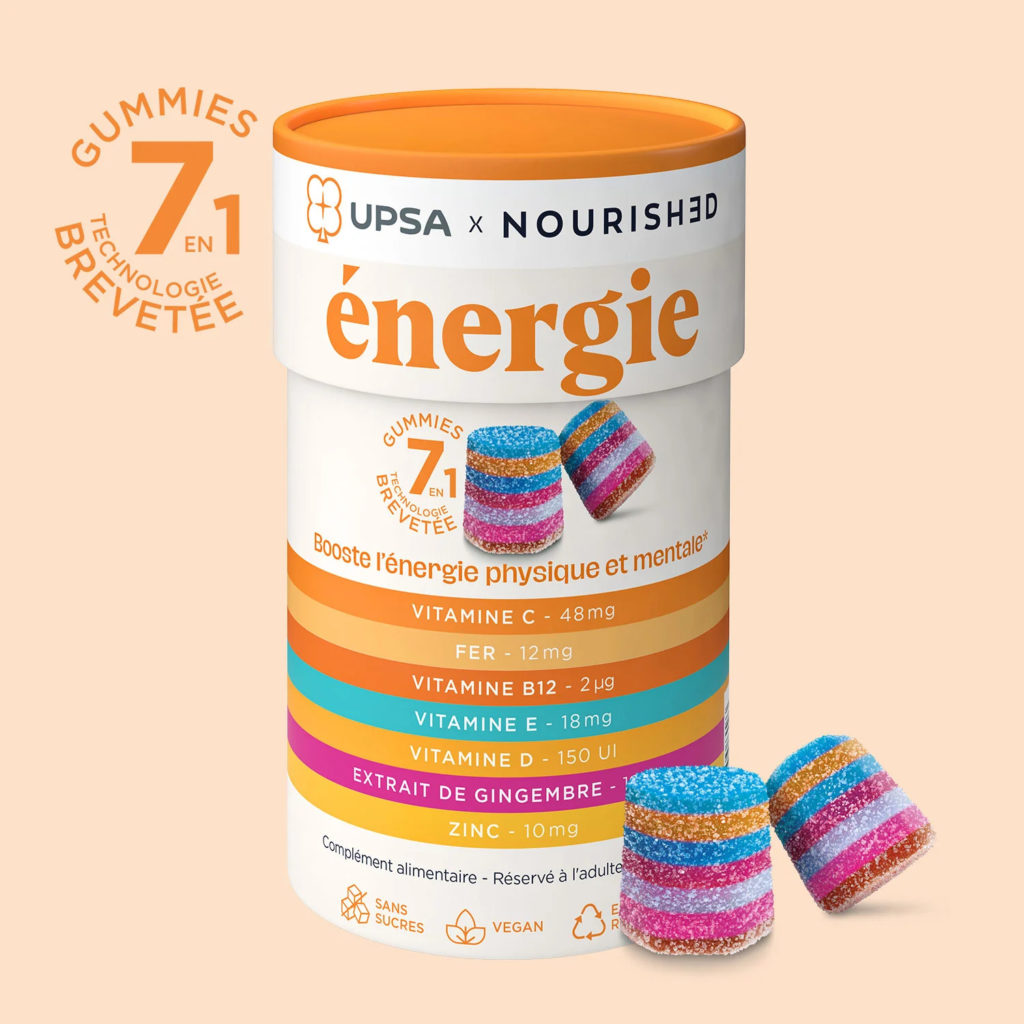
Some developers are even beginning to explore the sense of smell, a crucial parameter in emotional perception and product memorisation, well-known mechanisms in the world of perfume. In line with this, a CDMO plans to launch scented capsules in 2024.
Some ingredient suppliers also exploit this olfactory and sensory dimension. For example, in 2022, an anti-stress active ingredient was launched, using the retro-nasal route to act on brain areas involved in managing emotions.
More specifically, hearing can also contribute to enhancing the consumer experience. Pullmoll’s “Les Bienveillants” claim to provide an “enhanced experience” with free audio sophrology exercises offered with the purchase of a box of Relaxation gummies.13
Taste above all
Unsurprisingly, taste remains the most worked-on sense to transform a food supplements treatment into a gustatory and nutritional experience. Young brands like Nonna Lab have embraced the relatively underexplored idea in Europe but already well-established in the United States14: “combining pleasure and health” by offering nutraceutical ingredients in a food matrix. Nonna Lab, presenting itself as a Foodceutic laboratory, opted for a chocolate ball, justifying that “the French consume an average of 7 kg of chocolate per year,” and “one out of every two people does not complete their food supplements treatment.”15
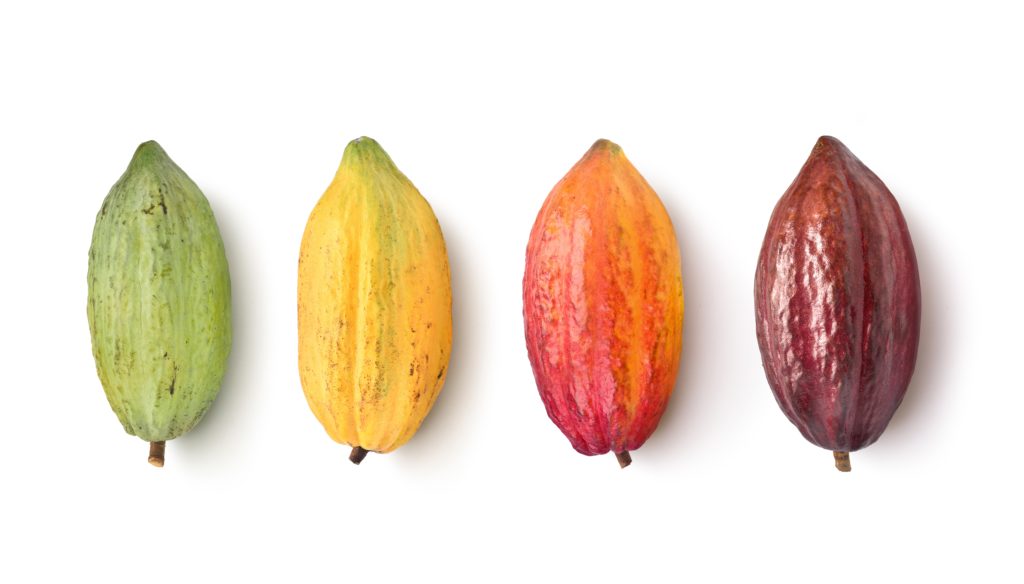
In the United States, a company has developed a patented freeze drying technology that allows it to offer a “100% fruit delivery system”, a galenic form composed solely of freeze dried fruit purees to which nutraceutical ingredients can be added (without risking alteration). The experience aims to be both tastefully enjoyable and clean-label: these fruit bites contain no added sugar or flavour, colouring, and are almost calorie-free (except for those naturally present in the fruits).
Nutrition, quality, and safety: indispensable pillars
Galenic innovation in nutraceuticals sometimes comes at the expense of the nutritional and qualitative aspects of the formulations. Hence, it is crucial for these stakeholders to demonstrate that the novelty of their solutions does not compromise their quality.
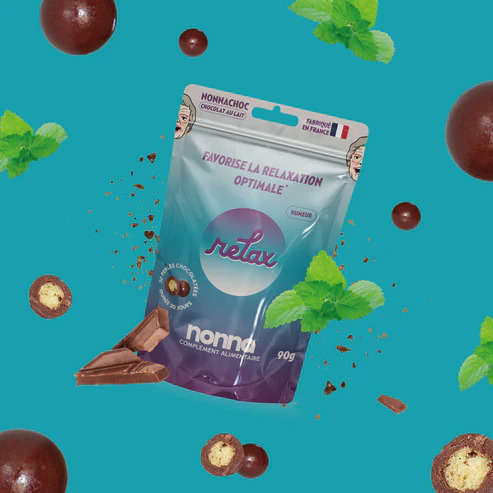
For instance, the chocolate pearls from Nonna Lab are Botani+ validated, a quality brand that assures consumers that the formulas are safe and effective (with plant-based ingredients having successfully passed a set of phytochemical controls)16.
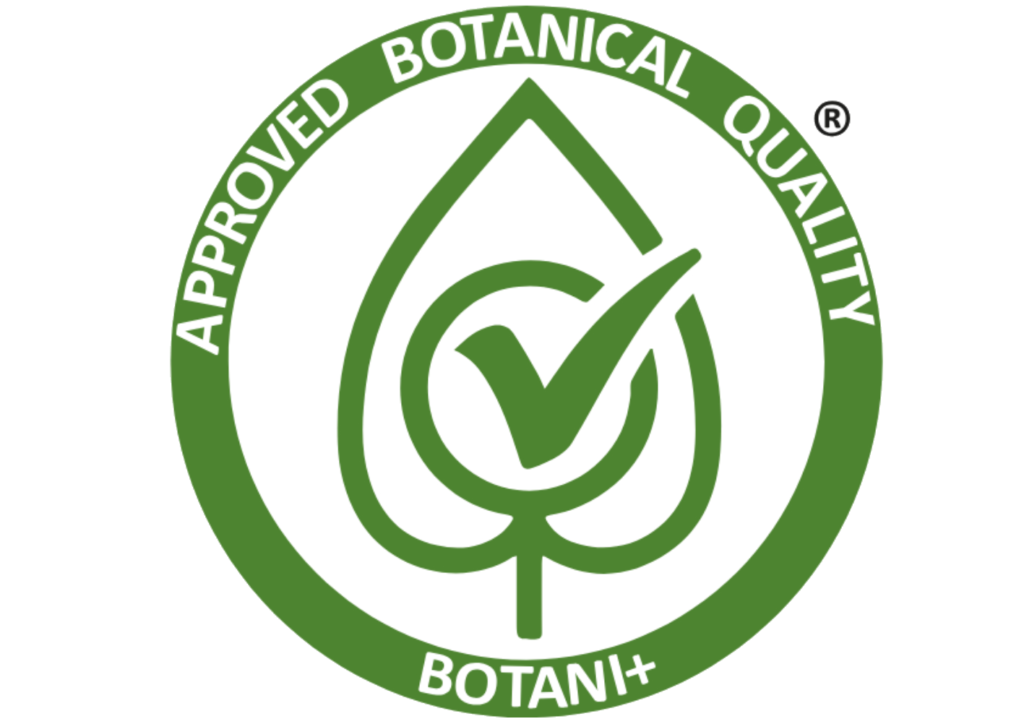
Embark your consumers on an unforgettable sensory journey! BOTANI BRANDS puts its expertise at your service through a team of experienced experts, specialised in natural ingredients and product development. From defining the formula to creating a distinctive galenic form, we can manage your project from A to Z.
Our goal is clear: to build a solution that offers a unique consumer experience, with no compromises on quality or formula effectiveness.
Many brands have already trusted BOTANI BRANDS in their quest for galenic and sensory innovation. To benefit from our expertise, feel free to contact us!
Trust us and get in touch to discuss your project
“It is always necessary to know the limits of what is possible. Not to stop, but to attempt the impossible under the best conditions.”
Romain Gary
Sources:
- Galien, Galen, the true father of medicine – Véronique Boudon https://www.lhistoire.fr/galien-le-vrai-p%C3%A8re-de-la-m%C3%A9decine
- 2023 Barometer of dietary supplement consumption in France – Toluna Harris Interactive https://www.synadiet.org/app/uploads/2023/04/Observatoire-2023.pdf
- Nutraceutical market trends for 2024 – insights by PharmaLinea & IQVIA
- Acacia Gum and Gummies: The Story of a Beautiful Encounter https://www.botanibrands.com/en/acacia-gum-and-gummies-the-story-of-a-beautiful-encounter/
- Medication Absorption – Oral Administration https://www.msdmanuals.com/fr/professional/pharmacologie-clinique/pharmacocin%C3%A9tique/absorption-des-m%C3%A9dicament
- Euphon medication based on acacia gum https://www.vidal.fr/medicaments/gammes/euphon-3520.html
- Collugomme from Laboratoire Cooper – acacia gum lozenges for sore throat https://www.boticinal.com/cooper-collugomme-gorge-irritee-30-gommes.html
- Beckett, A.H., Moffat, A.C., 1968. The influence of alkyl substitution in acids on their performance in the buccal absorption test. J. Pharm. Pharmacol. 20, Suppl:239S+.
- Beckett, A.H., Moffat, A.C., 1969. Correlation of partition coefficients in n-heptane-aqueous systems with buccal absorption data for a series of amines and acids. J. Pharm. Pharmacol. 21, Suppl:144S+.
- Beckett, A.H., Moffat, A.C., 1971. The buccal absorption of some barbiturates. J. Pharm. Pharmacol. 23, 15–18
- 2023 global food innovation barometer – https://www.proteinesxtc.com/barometre-de-linnovation-alimentaire-mondiale/
- UPSA x Nourished – 7 layers of well-being https://upsa-nourished.fr/
- Auditory stimulation with free sophrology audio exercises by Pulmoll https://bienveillants-pulmoll.com/
- Market Study by Botani Brands – food and nutraceuticals: at the intersection of two worlds
- Chocolate pearls Nonna Choc from Nonna Lab https://nonnalab.com/collections/nonna-choc
- Botani+, Quality brand for plant-based products https://www.botaniplus.com/en/

